the faculty bookshelf
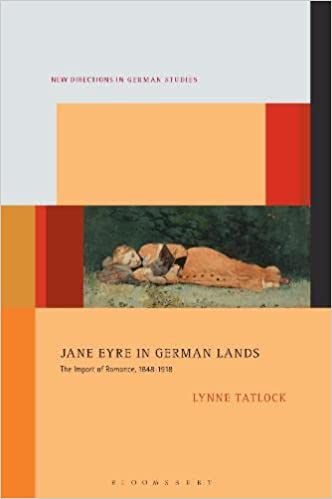
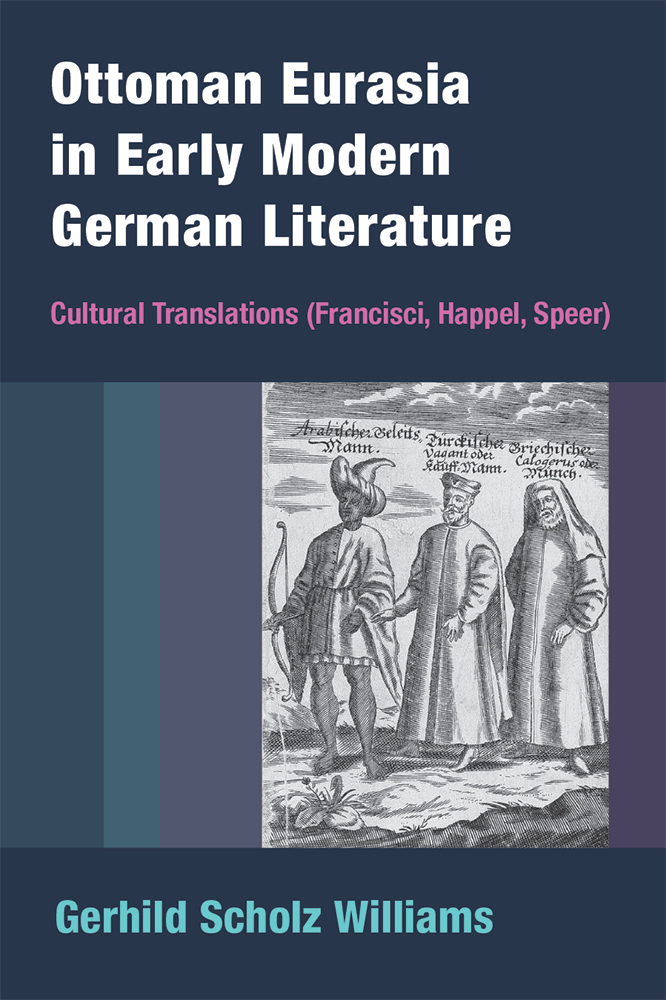
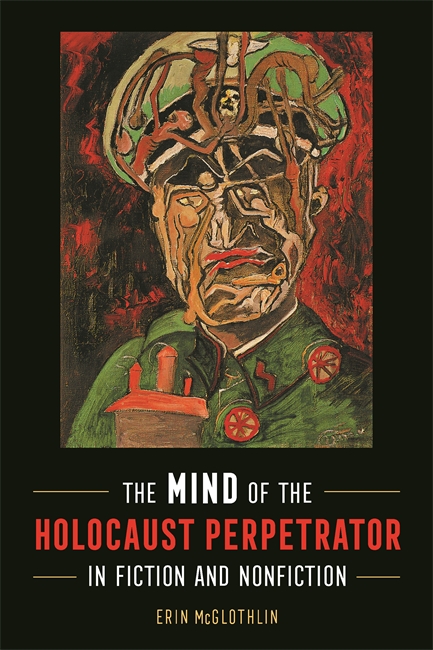
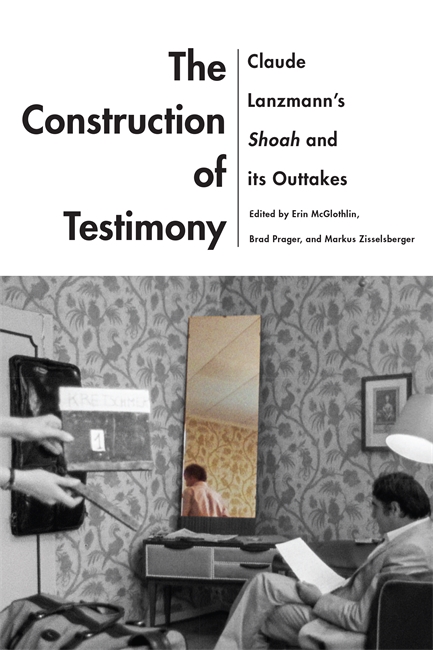

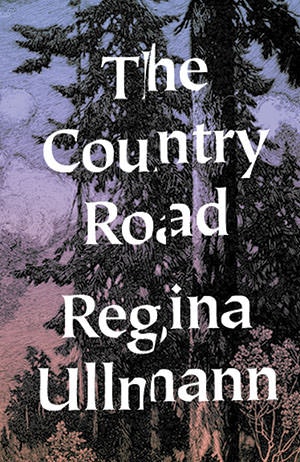

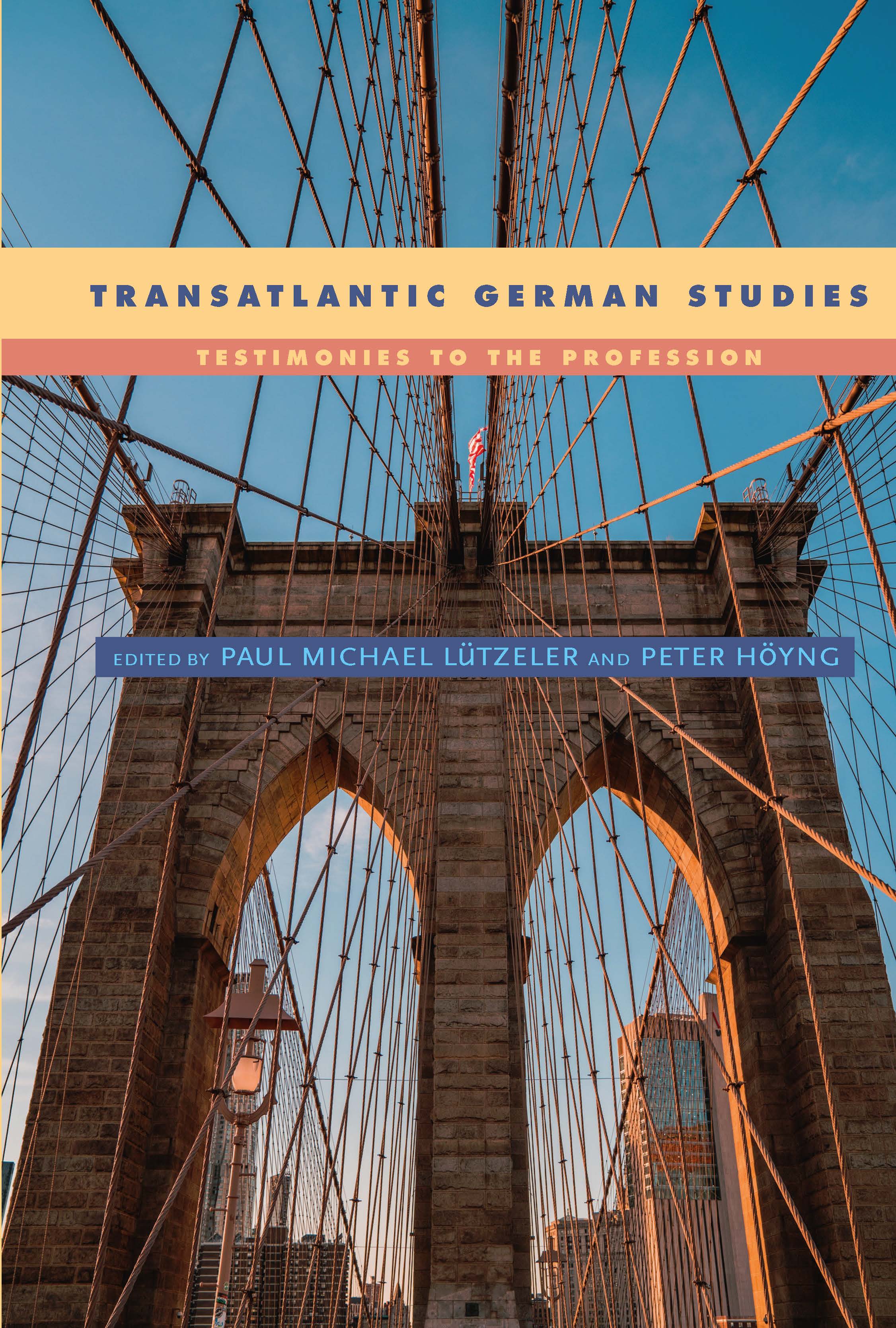
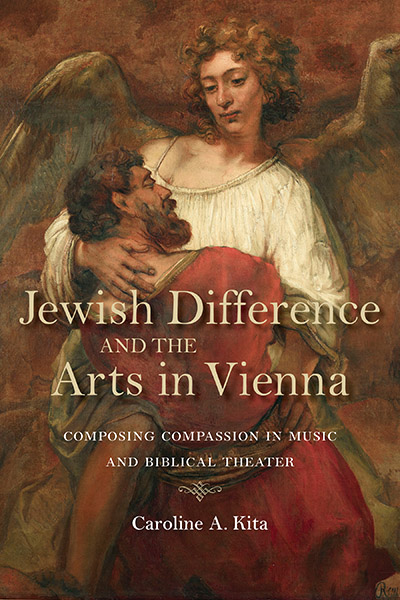
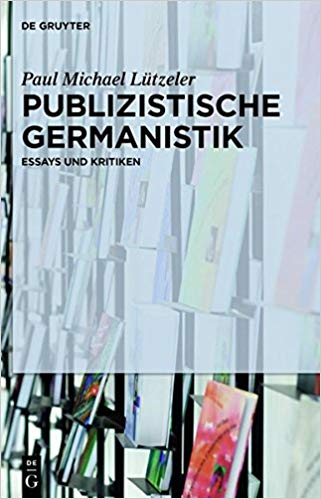
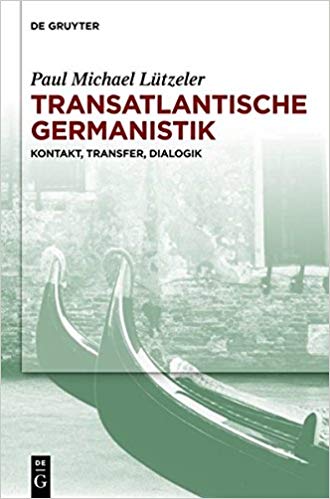

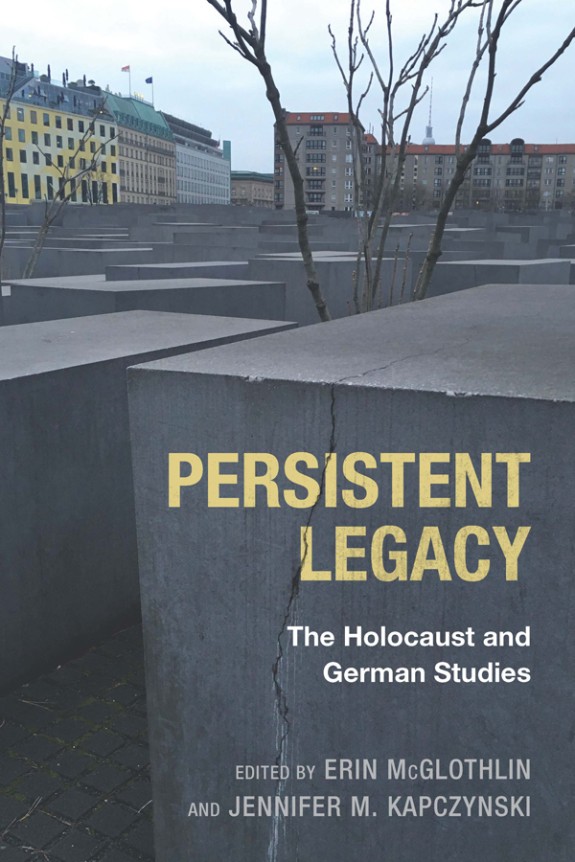
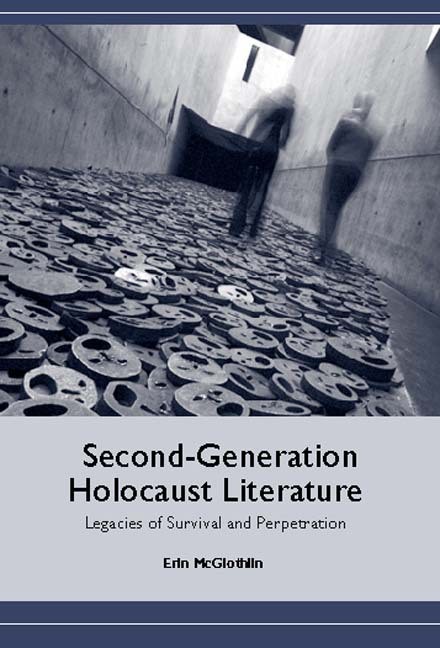
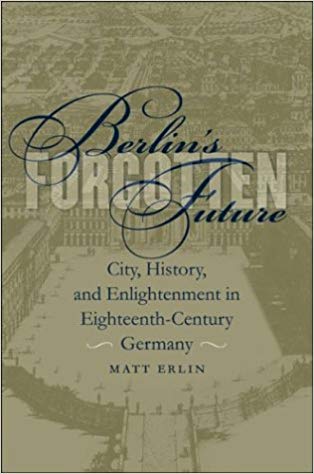

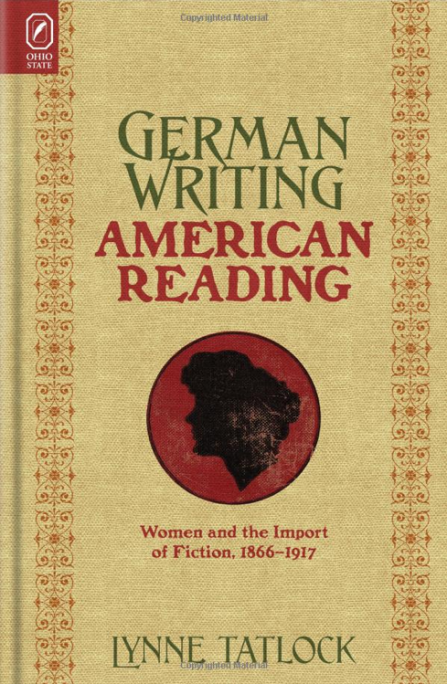



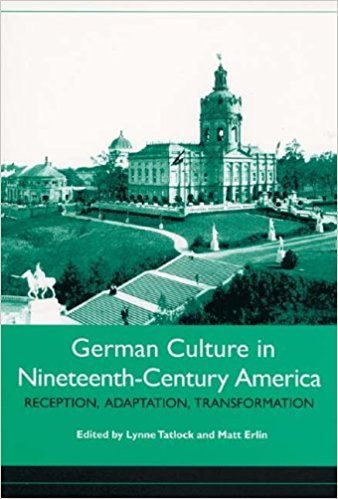
Jane Eyre in German Lands: The Import of Romance, 1848-1918
Lynne Tatlock examines the transmission, diffusion, and literary survival of Jane Eyre in the German-speaking territories and the significance and effects thereof, 1848-1918. Engaging with scholarship on the romance novel, she presents an historical case study of the generative power and protean nature of Brontë's new romance narrative in German translation, adaptation, and imitation as it involved multiple agents, from writers and playwrights to readers, publishers, illustrators, reviewers, editors, adaptors, and translators.
Jane Eyre in German Lands traces the ramifications in the paths of transfer that testify to widespread creative investment in romance as new ideas of women's freedom and equality topped the horizon and sought a home, especially in the middle classes. As Tatlock outlines, the multiple German instantiations of Brontë's novel-four translations, three abridgments, three adaptations for general readers, nine adaptations for younger readers, plays, farces, and particularly the fiction of the popular German writer E. Marlitt and its many adaptations-evince a struggle over its meaning and promise. Yet precisely this multiplicity (repetition, redundancy, and proliferation) combined with the romance narrative's intrinsic appeal in the decades between the March Revolutions and women's franchise enabled the cultural diffusion, impact, and long-term survival of Jane Eyre as German reading.
Though its focus on the circulation of texts across linguistic boundaries and intertwined literary markets and reading cultures, Jane Eyre in German Lands unsettles the national paradigm of literary history and makes a case for a fuller and inclusive account of the German literary field.
Ottoman Eurasia in Early Modern German Literature
Even a casual perusal of seventeenth-century European print production makes clear that the Turk was on everyone’s mind. Europe’s confrontation of and interaction with the Ottoman Empire in the face of what appeared to be a relentless Ottoman expansion spurred news delivery and literary production in multiple genres, from novels and sermons to calendars and artistic representations. The trans-European conversation stimulated by these media, most importantly the regularly delivered news reports, not only kept the public informed but provided the basis for literary conversations among many seventeenth-century writers, three of whom form the center of this inquiry: Daniel Speer (1636-1707), Eberhard Werner Happel (1647-1690), and Erasmus Francisci (1626-1694). The expansion of the Ottoman Empire during the sixteenth and seventeenth centuries offers the opportunity to view these writers' texts in the context of Europe and from a more narrowly defined Ottoman Eurasian perspective.
Ottoman Eurasia in Early Modern German Literature: Cultural Translations (Francisci, Happel, Speer) explores the variety of cultural and commercial conversations between Europe and Ottoman Eurasia as they negotiated their competing economic and hegemonic interests. Brought about by travel, trade, diplomacy, and wars, these conversations were, by definition, “cross-cultural” and diverse. They eroded the antagonism of “us and them,” the notion of the European center and the Ottoman periphery that has historically shaped the view of European-Ottoman interactions.
The Mind of the Holocaust Perpetrator in Fiction and Nonfiction
The Mind of the Holocaust Perpetrator in Fiction and Nonfiction examines texts that portray the inner experience of Holocaust perpetrators and thus transform them from archetypes of evil into complex psychological and moral subjects. Employing relevant methodological tools of narrative theory, Erin McGlothlin analyzes these unsettling depictions, which manifest a certain tension regarding the ethics of representation and identification. Such works, she asserts, endeavor to make transparent the mindset of their violent subjects, yet at the same time they also invariably contrive to obfuscate in part its disquieting character.
The Mind of the Holocaust Perpetrator in Fiction and Nonfiction contains two parts. The first focuses on portraits of real-life perpetrators in nonfictional interviews and analyses from the 1960s and 1970s. These works provide a nuanced perspective on the mentality of the people who implemented the Holocaust via the interventional role of the interviewer or interpreter in the perpetrators’ performances of self-disclosure. In part two, McGlothlin investigates more recent fictional texts that imagine the perspective of their invented perpetrator-narrators. Such works draw readers directly into the perpetrator’s experience and at the same time impede their access to the perpetrator’s consciousness by retarding their affective connection. Demonstrating that recent fiction featuring perpetrators as narrators employs strategies derived from earlier nonfictional portrayals, McGlothlin establishes not only a historical connection between these two groups of texts, whereby nonfictional engagement with real-life perpetrators gradually gives way to fictional exploration, but also a structural and aesthetic one.
The book bespeaks new modes of engagement with ethically fraught questions raised by our increasing willingness to consider the events of the Holocaust from the perspective of the perpetrator. Students, scholars, and readers of Holocaust studies and literary criticism will appreciate this closer look at a historically taboo topic.
The Construction of Testimony: Claude Lanzmann's Shoah and its Outtakes
In The Construction of Testimony: Claude Lanzmann’s Shoah and Its Outtakes, editors Erin McGlothlin, Brad Prager, and Markus Zisselsberger gather contributions on how Shoah (1985) fundamentally changed the nature and use of filmed testimony and laid the groundwork for how historians and documentarians regard and understand the history of the Holocaust. Critics have taken long note of Shoah’s innovative style and its place in the history of documentary film and in cultural memory, but few scholars have touched on its extensive outtakes and the reams of documentation archived at the United States Holocaust Memorial Museum and at Yad Vashem, or the release of five feature-length documentaries based on the material in those outtakes.
The Construction of Testimony, which contains thirteen essays by some of the most notable scholars in Holocaust film studies, reexamines Lanzmann’s body of work, his film, and the impact of Shoah through this trove—over 220 hours—of previously unavailable and unexplored footage. Responding to the need for a sustained examination of Lanzmann’s impact on historical and filmic approaches to testimony, this volume inaugurates a new era of scholarship, one that takes a critical position vis-à-vis the filmmaker’s posturing, stylization, and editorial sleight-of-hand. The volume’s contributors engage with a range of dimensions central to Lanzmann’s filmography and the outtakes, including the dynamics of gender in his work, his representation of Nazi perpetrators, and complex issues of language and translation.
In light of Lanzmann’s invention of a radically new form of witnessing and remembrance, Shoah laid the framework for the ways in which subsequent filmmakers have represented the Holocaust cinematically; at the same time, the outtakes complicate this framework by revealing new details about the filmmaker’s complex editorial choices. Scholars and students of film studies and Holocaust studies will value this close analysis.
Wireless Dada: Telegraphic Poetics in the Avant-Garde
Wireless Dada: Telegraphic Poetics in the Avant-Garde demonstrates that the poetics of the Dada movement were profoundly influenced by the telegraph and the technological and social transformations that it brought about in the nineteenth and early twentieth centuries.
While telegraphy’s impact on other avant-gardes such as Italian futurism and German expressionism is widely acknowledged, its formative role in Dada poetics has been largely neglected. Yet the telegraph exerted an unmistakable influence on the Dada movement, providing a fundamentally new paradigm for understanding language that proved well suited to an avant-garde in search of revolutionary means of expression.
Drawing on methods and insights from media history and theory, avant-garde studies, and German literary studies, Kurt Beals shows how the telegraph and the cultural discourses that surrounded it shaped the radical works of this seminal avant-garde movement. The “nonsense” strain in Dada is frequently seen as a response to the senseless violence of the First World War. However, Beals argues, it was not just the war that turned Dada poetry into a jumble of senseless signals—it was also the wireless.
The Country Road
Resonant of nineteenth-century village tales and of such authors as Adalbert Stifter and her contemporary Robert Walser, the stories in The Country Road are largely set in the Swiss countryside. In these tales, the archaic and the modern collide. In one story, a young woman on an exhausting country walk recoils at a passing bicyclist but accepts a ride from a wagon, taking her seat on a trunk with a snake coiled inside. Death is everywhere in her work. As Ullmann writes, “sometimes the whole world appears to be painted on porcelain, right down to the dangerous cracks.” This delicate but fragile beauty, with its ominous undertones, gives Regina Ullmann her unique voice.
Publishing Culture and the "Reading Nation": German Book History in the Long Nineteenth Century
Over the long nineteenth century, German book publishing experienced an unprecedented boom, outstripping by 1910 all other Western nations. Responding to the spread of literacy, publishers found new marketing methods and recalibrated their relationships to authors. Technical innovations made books for a range of budgets possible. Yearbooks, encyclopedias, and boxed sets also multiplied. A renewed interest in connoisseurship meant that books signified taste and affiliation. While reading could be a group activity, the splintering of the publishing industry into niche markets made it seem an ever-more private and individualistic affair, promising variously self-help, information, Bildung, moral edification, and titillation. The essays in this volume examine what Robert Darnton has termed the "communications circuit": the life-cycle of the book as a convergence of complex cultural, social, and economic phenomena. In examining facets of the lives of select books from the late 1780s to the early 1930s that Germans actually read, the essays present a complex and nuanced picture of writing, publishing, and reading in the shadow of nation building and class formation, and suggest how the analysis of texts and the study of books can inform one another.
Transatlantic German Studies: Testimonies to the Profession
The prominent scholar-contributors to this volume share their experiences developing the field of US German Studies and their thoughts on literature and interdisciplinarity, pluralism and diversity, and transatlantic dialogue.
The decisive contribution of the exile generation of the 1930s and '40s to German Studies in the United States is well known. The present volume carries the story forward to the next generation(s), giving voice to scholars from the US and overseas, many of them mentored by the exile generation. The exiles knew vividly the value of the Humanities; the following generations, though spared the experience of historical catastrophe, have found formidable challenges in building and maintaining the field in a time increasingly dismissive of that value. The scholar-contributors to this volume, prominent members of the profession, share their experiences of finding their way in the field and helping to develop it to its present state as well as their thoughts on its present challenges, including the question of the role of literature and of interdisciplinarity, pluralism, and diversity. Of particular interest is the role of transatlantic dialogue.
Jewish Difference and the Arts in Vienna
During the mid-nineteenth century, the works of Arthur Schopenhauer and Richard Wagner sparked an impulse toward German cultural renewal and social change that drew on religious myth, metaphysics, and spiritualism. The only problem was that their works were deeply antisemitic and entangled with claims that Jews were incapable of creating compassionate art. By looking at the works of Jewish composers and writers who contributed to a lively and robust biblical theatre in fin-de-siècle Vienna, Caroline A. Kita, shows how they reimagined myths of the Old Testament to offer new aesthetic and ethical views of compassion. These Jewish artists, including Gustav Mahler, Siegfried Lipiner, Richard Beer-Hofmann, Stefan Zweig, and Arnold Schoenberg, reimagined biblical stories through the lens of the modern Jewish subject to plead for justice and compassion toward the Jewish community. By tracing responses to antisemitic discourses of compassion, Kita reflects on the explicitly and increasingly troubled political and social dynamics at the end of the Habsburg Empire.
Publizistische Germanistik. Essays und Kritiken.
Publizistische Germanistik shows how the results of literary-historical and -theoretical research in the languages and forms of critique and essay in the media can be conveyed. For decades, the author has published numerous articles in weekly and daily newspapers (DIE ZEIT, Neue Zürcher Zeitung, DIE WELT, Frankfurter Allgemeine, Frankfurter Rundschau, Tagesspiegel) and in cultural magazines (Neue Rundschau, Merkur), resulting from his scientific work on contemporary literature and exile poetry, to the classical and romantic, to the literary Europe discourse and to the Zeitkritik resulted. The documentation of these critiques and essays is meant as an encouragement for the next generation in German literature not to lose sight of the aspect of journalistic mediation. If research forgets the public, Forgets also the public the research. In the introduction, the author addresses the triad of criticism, poetry, and science, and argues for a more intense relationship between these three very different institutions of literary operation, that is, for a conversation in which prejudices are broken down, thereby facilitating mutual inspiration.
Transatlantische Germanistik. Kontakt, Transfer, Dialogik
Transatlantische Germanistik: Kontakt, Transfer, Dialogik thematizes the development of literary and cultural studies during the last decades on both sides of the Atlantic. The study provides selective comparisons on a variety of topics: How is cultural studies considered as a new paradigm shift in German and American literary studies? How do you publish Germanic magazines in the USA? How can German literary publishers get involved in America? How can the reading behavior in Germany and America be characterized? How has the relationship between American German Studies and European Studies developed? In which tension is the German university between European reform and American model? How do foundations and intermediary organizations promote academic exchange? What are the intentions behind German participation in an American World's Fair? Which possible effects do expatriate American writers in Europe and / or European exile authors in the US? How can representatives of transatlantic German politics cooperate with colleagues on other continents in the context of globalization? The book is based on the forty years of professional experience of a German-American literary scholar who has taught on every continent.
Distant Readings: Topologies of German Culture in the Long Nineteenth Century
In nineteenth-century Germany, breakthroughs in printing technology and an increasingly literate populace led to an unprecedented print production boom that has long presented scholars with a challenge: how to read it all? This anthology seeks new answers to the scholarly quandary of the abundance of text. Responding to Franco Moretti's call for "distant reading" and modeling a range of innovative approaches to literary-historical analysis informed by the burgeoning field of digital humanities, it asks what happens when we shift our focus from the one to the many, from the work to the network.
The thirteen essays in this volume explore the evolving concept of "distant reading" and its application to the analysis of German literature and culture in the long nineteenth century. The contributors consider how new digital technologies enable both the testing of hypotheses and the discovery of patterns and trends, as well as how "distant" and traditional "close" reading can complement each another in hybrid models of analysis that maintain careful attention to detail, but also make calculation, enumeration, and empirical description critical elements of interpretation.
Persistent Legacy: The Holocaust and German Studies
In studies of Holocaust representation and memory, scholars of literature and culture traditionally have focused on particular national contexts. At the same time, recent work has brought the Holocaust into the arena of the transnational, leading to a crossroads between localized and global understandings of Holocaust memory. Further complicating the issue are generational shifts that occur with the passage of time, and which render memory and representations of the Holocaust ever more mediated, commodified, and departicularized. Nowhere is the inquiry into Holocaust memory more fraught or potentially more productive than in German Studies, where scholars have struggled to address German guilt and responsibility while doing justice to the global impact of the Holocaust, and are increasingly facing the challenge of engaging with the broader, interdisciplinary, transnational field.
Persistent Legacy connects the present, critical scholarly moment with this long disciplinary tradition, probing the relationship between German Studies and Holocaust Studies today. Fifteen prominent scholars explore how German Studies engages with Holocaust memory and representation, pursuing critical questions concerning the borders between the two fields and how they are impacted by emerging scholarly methods, new areas of inquiry, and the changing place of Holocaust memory in contemporary Germany.
Second-Generation Holocaust Literature: Legacies of Survival and Perpetration
Among historical events of the 20th century, the Holocaust is unrivaled as the subject of both scholarly and literary writing. Literary responses include not only thousands of autobiographical and fictional texts written by survivors, but also, more recently, works by writers who are not survivors but nevertheless feel compelled to write about the Holocaust. Writers from what is known as the second generation have produced texts that express their feeling of being powerfully marked by events of which they have had no direct experience. This book expands the commonly-used definition of second-generation literature, which refers to texts written from the perspective of the children of survivors, to include texts written from the point of view of the children of Nazi perpetrators. With its innovative focus on the literary legacy of both groups, it investigates how second-generation writers employ similar tropes of stigmatization to express their troubled relationships to their parents' histories. Through readings of nine American, German, and French literary texts, Erin McGlothlin demonstrates how an anxiety with signification is manifested in the very structure of second-generation literature, revealing the extent to which the literary texts themselves are marked by the continuing aftershocks of the Holocaust.
Berlin's Forgotten Future: City, History, and Enlightenment in Eighteenth-Century Germany
Through an analysis of the works of the Berlin Aufklärer Friedrich Gedike, Friedrich Nicolai, G. E. Lessing, and Moses Mendelssohn, Matt Erlin shows how the rapid changes occurring in Prussia's newly minted metropolis challenged these intellectuals to engage in precisely the kind of nuanced thinking about history that has come to be seen as characteristic of the German Enlightenment. The author's demonstration of Berlin's historical-theoretical significance also provides a fresh perspective on the larger question of the city's impact on eighteenth-century German culture. Challenging the widespread idea that German intellectuals were antiurban, the study reveals the extent to which urban sociability came to be seen by some as a problematic but crucial factor in the realization of their Enlightenment aims.
After the Digital Divide? German Aesthetic Theory in the Age of New Media
The term "new media" is a current buzzword among scholars and in the media industry, referring to the ever-multiplying digitized modes of film/image and sound production and distribution. Yet how new, in fact, are these new media, and how does their rise affect the role of older media? What new theories allow us to examine our culture of ubiquitous electronic screens and networked pleasures? Is a completely new set of perspectives, concepts, and paradigms required, or are older modes of discussion about the relationship between technology and art still adequate? This book reconsiders the seminal work of German media theorists such as Adorno, Benjamin, and Kracauer in order to explore today's rapidly changing mediascape, questioning the naive progressivism that informs much of today's discourse about media technologies. The contributions, by internationally-recognized critics from a variety of academic fields, encourage a view of the history of media as structured by difference, complexity, and multiplicity. Together, they offer intriguing ways of understanding the changed position of media in today's Germany and beyond.
German Writing, American Reading: Women and the Import of Fiction, 1866-1917
In postbellum America, publishers vigorously reprinted books that were foreign in origin, and Americans thus read internationally even at a moment of national consolidation. A subset of Americans’ international reading—nearly 100 original texts, approximately 180 American translations, more than 1,000 editions and reprint editions, and hundreds of thousands of books strong—comprised popular fiction written by German women and translated by American women.
Tatlock examines the genesis and circulation in America of this hybrid product over four decades and beyond. These entertaining novels came to the consumer altered by processes of creative adaptation and acculturation that occurred in the United States as a result of translation, marketing, publication, and widespread reading over forty years. These processes in turn de-centered and disrupted the national while still transferring certain elements of German national culture. Most of all, this mass translation of German fiction by American women trafficked in happy endings that promised American readers that their fondest wishes for adventure, drama, and bliss within domesticity and their hope for the real power of love, virtue, and sentiment could be pleasurably realized in an imagined and quaintly old-fashioned Germany—even if only in the time it took to read a novel.
Is That Kafka?
In the course of compiling his highly acclaimed three-volume biography of Kafka, while foraying to libraries and archives from Prague to Israel, Reiner Stach made one astounding discovery after another: unexpected photographs, inconsistencies in handwritten texts, excerpts from letters, and testimonies from Kafka's contemporaries that shed surprising light on his personality and his writing.
Is that Kafka? presents the crystal granules of the real Kafka: he couldn't lie, but he tried to cheat on his high-school exams; bitten by the fitness fad, he avidly followed the regime of a Danish exercise guru; he drew beautifully; he loved beer; he read biographies voraciously; he made the most beautiful presents, especially for children; odd things made him cry or made him furious; he adored slapstick. Every discovery by Stach turns on its head the stereotypical version of the tortured neurotic—and as each one chips away at the monolithic dark Kafka, the keynote, of all things, becomes laughter.
For Is that Kafka? Stach has assembled 99 of his most exciting discoveries, culling the choicest, most entertaining bits, and adding his knowledgeable commentaries. Illustrated with dozens of previously unknown images, this volume is a singular literary pleasure.
Mediating Culture in the Seventeenth-Century German Novel
Eberhard Happel, German Baroque author of an extensive body of work of fiction and nonfiction, has for many years been categorized as a “courtly-gallant” novelist. In Mediating Culture in the Seventeenth-Century German Novel, author Gerhild Scholz Williams argues that categorizing him thus is to seriously misread him and to miss out on a fascinating perspective on this dynamic period in German history.
Happel primarily lived and worked in the vigorous port city of Hamburg, which was a “media center” in terms of the access it offered to a wide library of books in public and private collections. Hamburg’s port status meant it buzzed with news and information, and Happel drew on this flow of data in his novels. His books deal with many topics of current interest—national identity formation, gender and sexualities, Western European encounters with neighbors to the East, confrontations with non-European and non-Western powers and cultures—and they feature multiple media, including news reports, news collections, and travel writings. As a result, Happel’s use of contemporary source material in his novels feeds our current interest in the impact of the production of knowledge on seventeenth-century narrative. Mediating Culture in the Seventeenth-Century German Novel explores the narrative wealth and multiversity of Happel’s work, examines Happel’s novels as illustrative of seventeenth-century novel writing in Germany, and investigates the synergistic relationship in Happel’s writings between the booming print media industry and the evolution of the German novel.
Necessary Luxuries: Books, Literature, and the Culture of Consumption in Germany, 1770-1815
The consumer revolution of the eighteenth century brought new and exotic commodities to Europe from abroad—coffee, tea, spices, and new textiles to name a few. Yet one of the most widely distributed luxury commodities in the period was not new at all, and was produced locally: the book. In Necessary Luxuries, Matt Erlin considers books and the culture around books during this period, focusing specifically on Germany where literature, and the fine arts in general, were the subject of soul-searching debates over the legitimacy of luxury in the modern world.
Building on recent work done in the fields of consumption studies as well as the New Economic Criticism, Erlin combines intellectual-historical chapters (on luxury as a concept, luxury editions, and concerns about addictive reading) with contextualized close readings of novels by Campe, Wieland, Moritz, Novalis, and Goethe. As he demonstrates, artists in this period were deeply concerned with their status as luxury producers. The rhetorical strategies they developed to justify their activities evolved in dialogue with more general discussions regarding new forms of discretionary consumption. By emphasizing the fragile legitimacy of the fine arts in the period, Necessary Luxuries offers a fresh perspective on the broader trajectory of German literature in the late eighteenth and early nineteenth century, recasting the entire period in terms of a dynamic unity, rather than simply as a series of literary trends and countertrends.
German Culture in Nineteenth-Century America: Reception, Adaptation, Transformation
Building on recent trends in the humanities and especially on scholarship done under the rubric of cultural transfer, this volume emphasizes the processes by which Americans took up, responded to, and transformed German cultural material for their own purposes. The fourteen essays by scholars from the US and Germany treat such topics as translation, the reading of German literature in America, the adaptation of German ideas and educational ideals, the reception and transformation of European genres of writing, and the status of the "German" and the "European" in celebrations of American culture and criticisms of American racism. The volume contributes to the ongoing re-conception of American culture as significantly informed by non-English-speaking European cultures. It also participates in the efforts of historians and literary scholars to re-theorize the construction of national cultures. Questions regarding hybridity, cultural agency, and strategies of acculturation have long been at the center of postcolonial studies, but as this volume demonstrates, these phenomena are not merely operative in encounters between colonizers and colonized: they are also fundamental to the early American reception and appropriation of German cultural materials.
